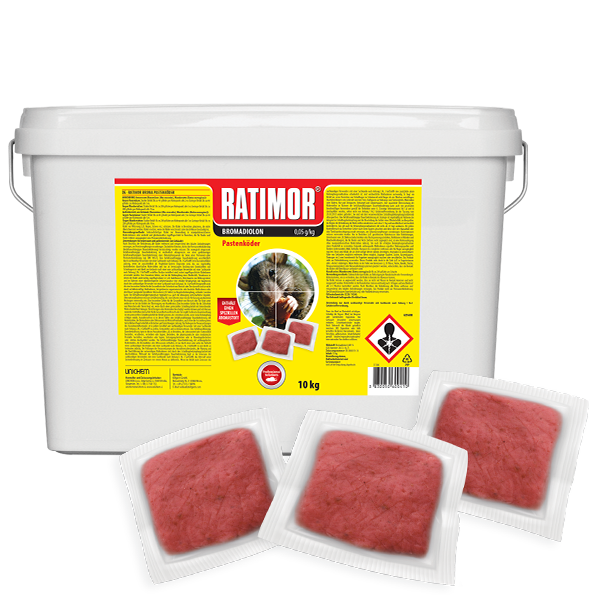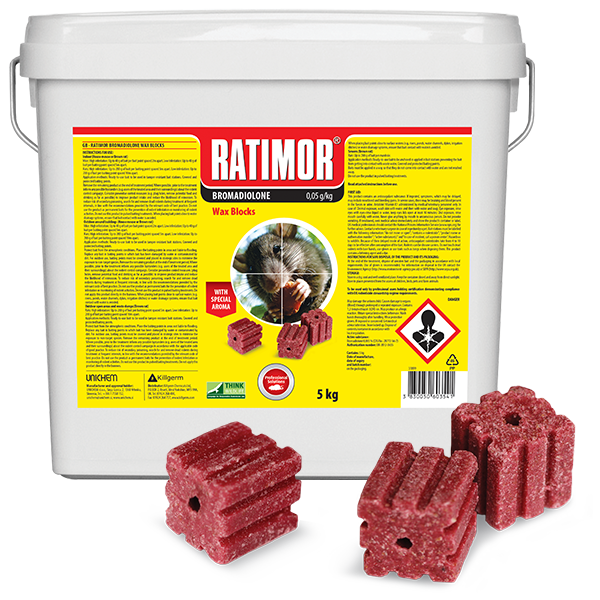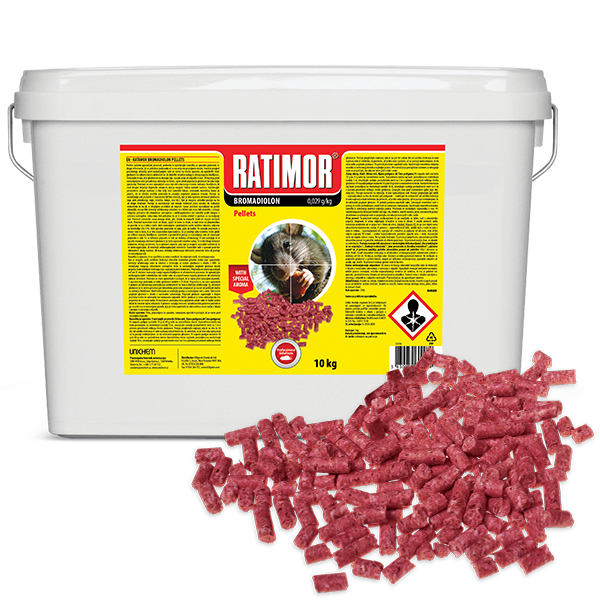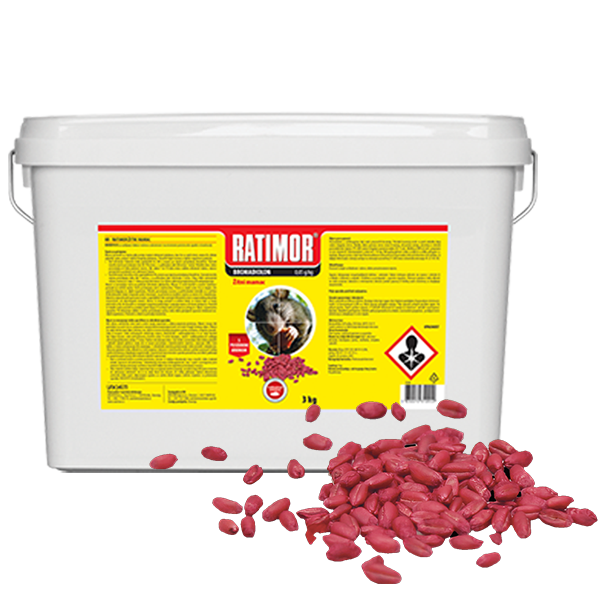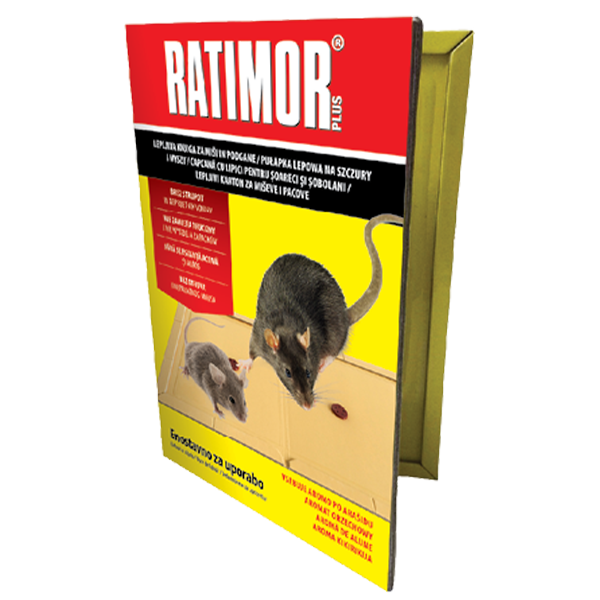Rodents
Did you know?
Rats and mice are found anywhere where there is food and shelter.
Rodents are very adaptable, they can feed on a variety of foods depending on what is available and have tremendous reproductive potential, acute senses and are also very good athletes.
Rodent facts:
- Rodents are nocturnal. They typically feed at night, between about half an hour after sunset and half an hour before sunrise.
- Rats are neophobic. They usually dislike anything new.
- Mice can survive a fall onto hard surface from more than 2 meters.
- Mice are excellent climbers and can also swim.
- Rats can survive a fall from nearly 8 meters onto hard surface.
- Rats can jump, climb and swim.
- Rats can enter the buildings by swimming up through the toilet.
- Rats can chew almost through anything – their teeth are hard and can bite 6 times per second.
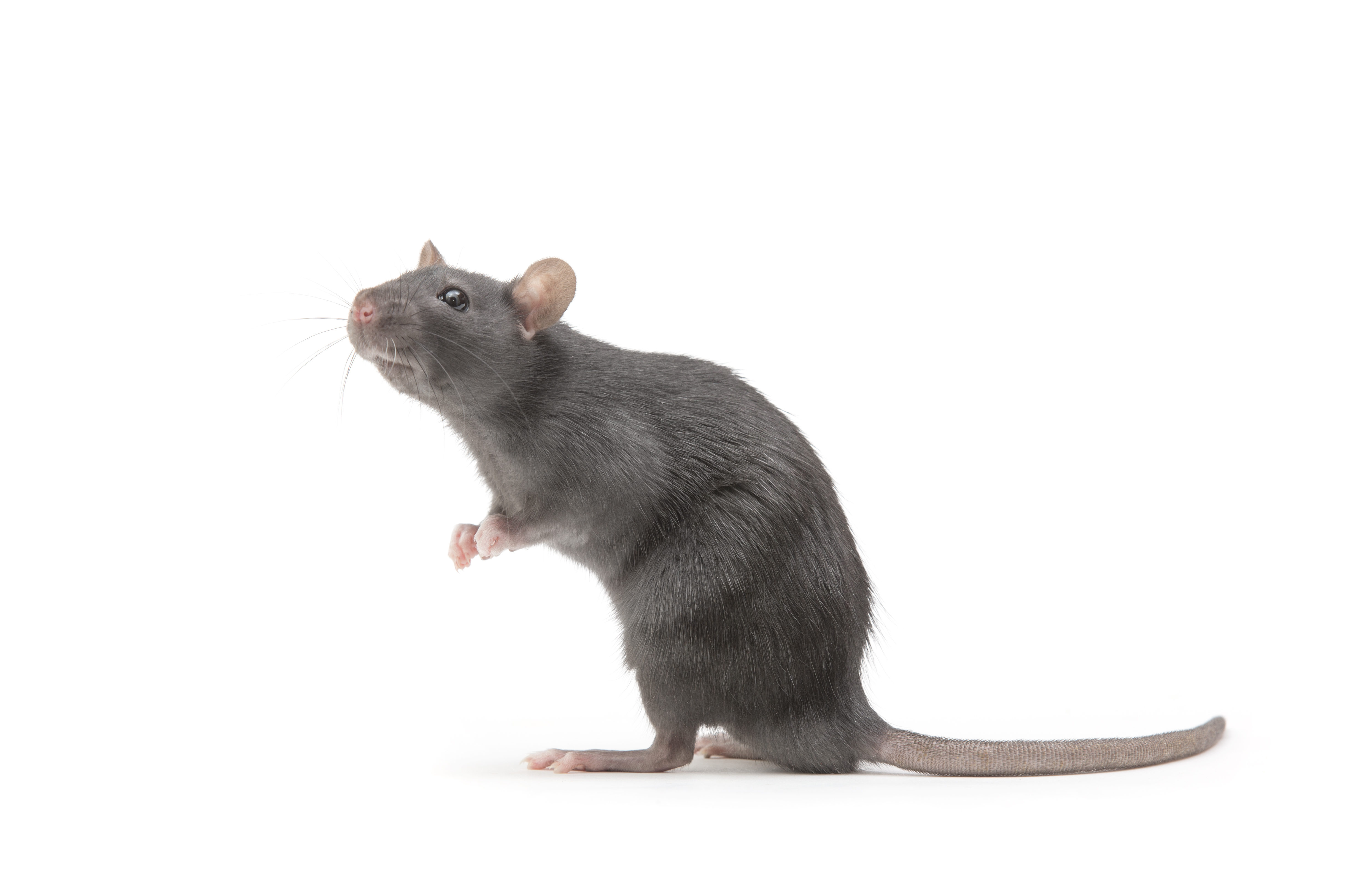
Rodent senses
SIGHT
Rodents are color-blind. They primarily see light, shadow and movement.
SMELL
To find the food, rodents use their sense of smell.
TASTE
Rodents react negatively to foods that made them ill. They remember immediately, even after only one eating. Rodents learn which food fills
their need for nutrients.
TOUCH
They use their hairs and whiskers for guidance. For this reason, they move along walls and other objects. They have sensory pads on their feet. They
do not walk on hot or cold surfaces.
House mouse
Mus musculus
Body & tail: From light brown, to grey and even black. Measures up to 9 cm, the tail is semi-naked and longer than the head and body combined.
Living: indoors and outdoors.
Diet: Omnivores: seeds, cereals, fruits, vegetables and meat. It can survive without water, gaining suffi cient moisture from its food. Eating only small amounts at a time.
Life cycle: Living for 15-18 months, can produce up to 8 litters a year with 5-6 young per litter.
Roof Rat
Rattus rattus
Body & tail: Grey to black in colour, can measure up to 25 cm. The tail is hairless and longer than the body and head combined.
Living: Can be found living in the upper parts of buildings and in trees.
Diet: Omnivorous, eating around 30 g of food per day. Its diet consists mainly of cereals and fruits. Needs to drink daily, about 20 ml.
Life cycle: Living for up to 18 months, can produce up to 6 litters a year with 6-8 young per litter.
Norway Rat
Rattus norvegicus
Body & tail: From light brown, to grey and even black. Measures up to 9 cm, the tail is semi-naked and longer than the head and body combined.
Living: indoors and outdoors.
Diet: Omnivores: seeds, cereals, fruits, vegetables and meat. It can survive without water, gaining suffi cient moisture from its food. Eating only small amounts at a time.
Life cycle: Living for 15-18 months, can produce up to 8 litters a year with 5-6 young per litter.


